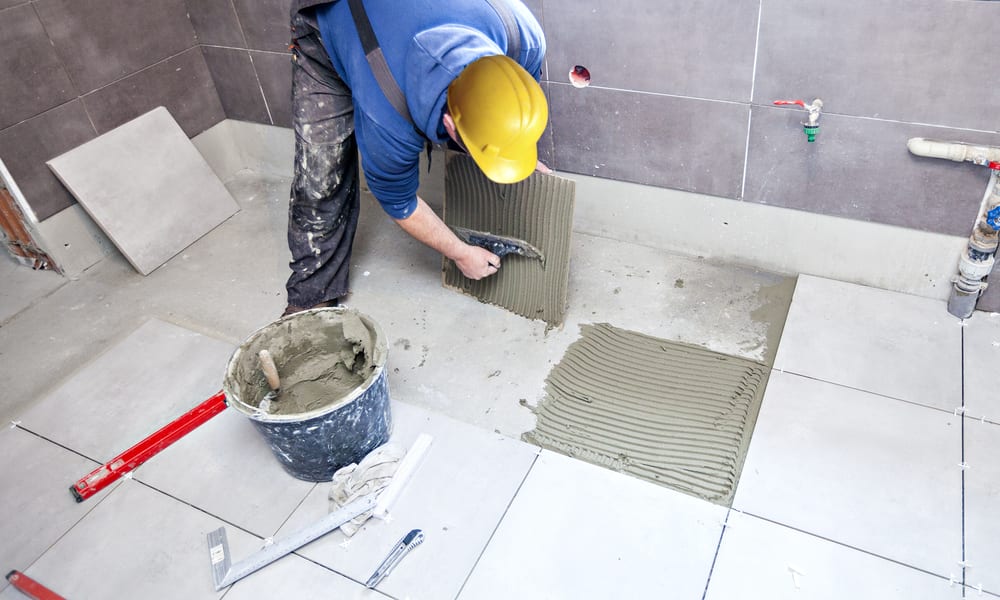Window replacement jobs: role, skills, and outlook
Window replacement work combines manual craftsmanship, on-site coordination, and attention to detail. This article describes typical duties, common technical and soft skills, installation processes, training pathways, safety considerations, and factors specific to the Netherlands. It aims to clarify what the role involves and what professionals in construction-focused window installation do, without implying specific job openings or directing readers to listings.

What do window replacement roles involve?
Window replacement roles typically center on removing old frames and glazing, preparing openings, fitting new window units, sealing, and finishing trim. Tasks can range from basic sash swaps to full-frame replacements in brick or timber structures. Workers often read plans, measure precisely, and coordinate with other trades such as carpenters, plasterers, and scaffolders. The role requires both physical capability for lifting and fine motor control for glazing and sealing work. Projects vary from single-house tasks to larger retrofit or renovation programs.
Which construction skills are most relevant?
Relevant construction skills include accurate measuring, use of hand and power tools, understanding of building envelopes, and basic carpentry. Knowledge of materials—timber, aluminum, uPVC, composite—and their thermal and structural properties helps ensure correct installation. Trade-readiness also involves reading technical drawings, applying basic building science (moisture control, thermal breaks), and using sealants and fasteners appropriately. Communication and time management support teamwork and adherence to project timelines on multi-trade sites.
How does installation work on typical projects?
Installation begins with site assessment and preparing the opening for a new unit, which may require removing glazing beads, cutting out old frames, and ensuring square, level sills. New frames are positioned, shims applied, and units fastened according to manufacturer and building-code guidance. Sealants, flashing, and insulation are added to protect against drafts and water ingress. Final steps include fitting hardware, checking operation, and finishing interior and exterior trims. Quality control and attention to tolerances determine performance and longevity of the installation.
What career pathways and training exist?
Career pathways can start with apprenticeship or on-the-job training, progressing from apprentice or assistant to installer, foreperson, and supervisory roles. Vocational programs in carpentry, glazing, or construction provide relevant foundations; short courses in thermal performance, fire safety, and product-specific installations are common for upskilling. Certifications from recognized trade bodies or manufacturers can support credibility when working on specialized systems. Continuing development often includes learning new materials, energy-efficiency standards, and emerging installation techniques.
How does the Netherlands context affect this work?
In the Netherlands, building standards, climate considerations, and housing stock influence window replacement practices. Dutch construction often emphasizes energy efficiency and airtightness, with retrofit projects targeting improved insulation and reduced heat loss. Local regulations and certification schemes may set installation requirements for thermal performance, safety glazing, and moisture control. Urban settings can present access constraints and require specific logistics for scaffolding or traffic management. Understanding national building codes and regional practices helps align installations with local expectations.
What health and safety standards apply?
Health and safety is central to replacement work: safe handling of glass, fall protection for work at height, correct use of ladders and scaffolds, and PPE for eye, hand, and hearing protection. Risk assessments usually identify hazards like lead paint in older buildings, asbestos risk in certain materials, and manual handling strains. Employers and workers follow site-specific safety plans and local occupational safety regulations to reduce incidents. Proper waste management for removed glazing and frames is also part of responsible, compliant practice.
Conclusion
Window replacement jobs sit at the intersection of practical skilled trade and building-performance outcomes. The role demands technical ability with tools and materials, understanding of installation and sealing techniques, attention to safety, and ongoing learning as building standards and products evolve. Descriptions here outline typical responsibilities and pathways without addressing specific openings or implying the immediate availability of work.






